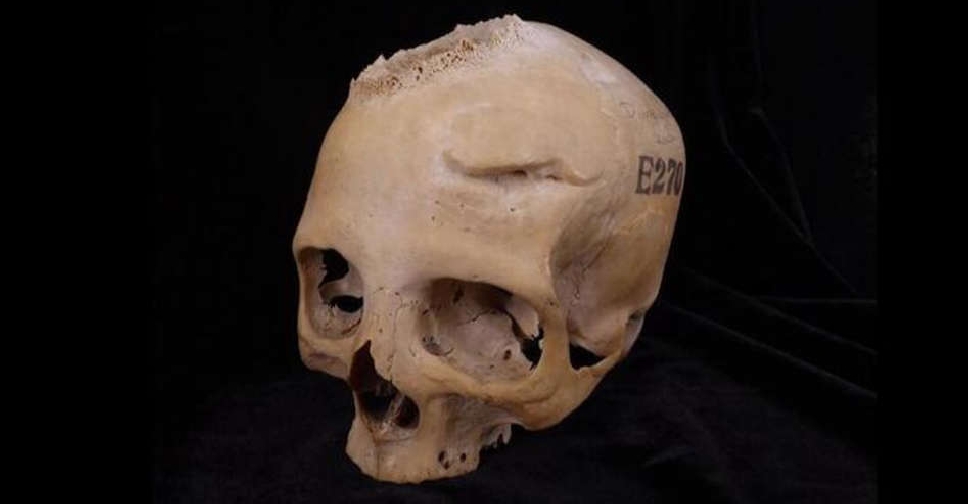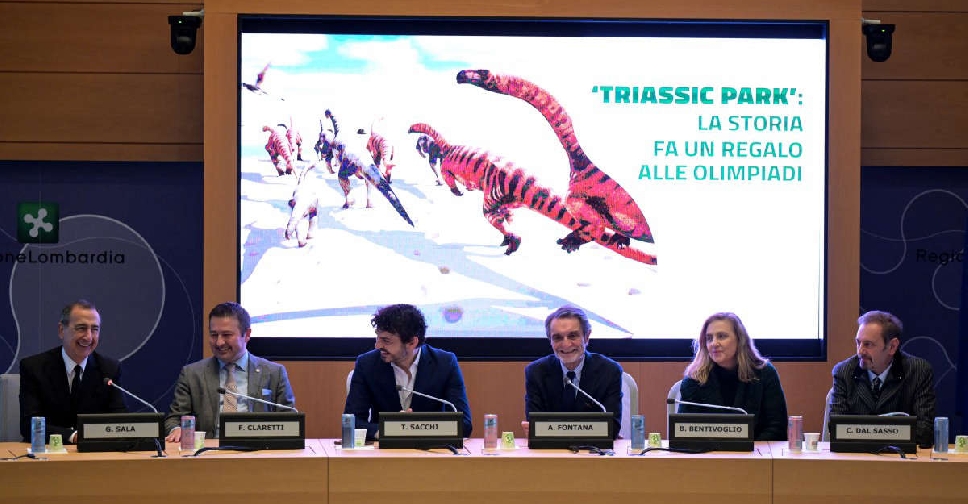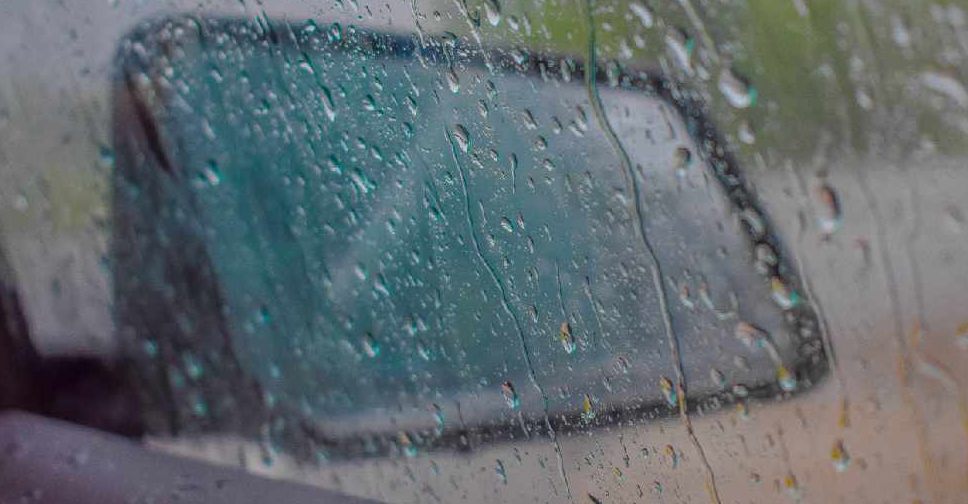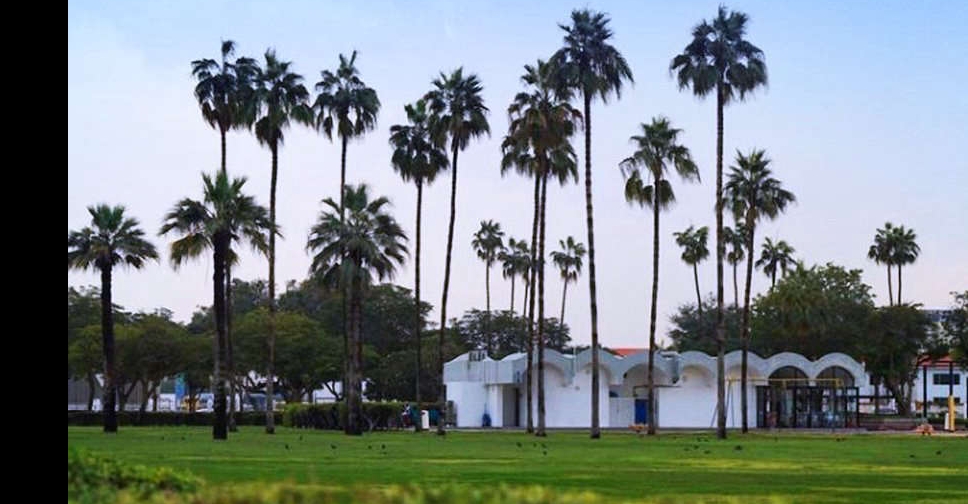
Ancient Egyptians were trying to understand and treat cancer more than 4,000 years ago, according to a new scientific study.
Researchers have found evidence of cut marks on a skull around a large lesion thought to have been caused by a cancerous growth. The skull belonged to a man who was around 30 to 35 when he died. They also found 30 smaller lesions across the skull, suggesting the cancer was spreading.
The researchers said the cutmarks are likely to have been made with a sharp object, suggesting the ancient Egyptians may have tried to operate on the tumour.
German news agency DPA quoted Tatiana Tondini, a researcher at the University of Tubingen in Germany, as saying, "When we first observed the cut marks under the microscope, we could not believe what was in front of us."
But Edgard Camaros, a palaeopathologist at the University of Santiago de Compostela in Spain, said the surgical cut marks might be from a medical autopsy to learn more about the disease after death. "Both possibilities reveal a surgical intervention intimately related with the tumours - and this is amazing."
This finding is unique evidence of how ancient Egyptian medicine would have tried to deal with or explore cancer more than 4,000 years ago.
The team said its research, published in Frontiers in Medicine, suggest that although cancer is often seen as a man-made illness caused by environmental factors such as pollution and diet, the disease also affected ancient civilisations.
Camaros, the lead author on the study, said, "It is true that cancer is perceived as a modern disease, mostly related with western habits and in relation to environmental carcinogens. However, cancer has been with us since the very beginning, in many ways. Even dinosaurs suffered from cancer."
Ancient Egyptians were known to be highly skilled at medicine and had advanced knowledge of anatomy and surgery. Evidence suggests they could identify, describe and treat wounds, diseases and fractures, and put in dental fillings.
They also analysed another skull more than 2,000 years old that belonged to a woman who may have been older than 50. This revealed a big lesion consistent with a cancerous tumour that destroyed the bone, according to the team.
Camaros said, "We know it was cancer based on the characteristics of the lesions on those bones, which mainly are related with bone creation and destruction. "When analysing the bone structures with a micro-CT scan internally, we found very clear cancerous features."
Both skulls come from the University of Cambridge's Duckworth Collection, which houses one of the largest collections of human remains in the UK.

 Thousands of dinosaur footprints found near Winter Olympics site
Thousands of dinosaur footprints found near Winter Olympics site
 Japan's last two giant pandas are headed to China and fans just can't bear it
Japan's last two giant pandas are headed to China and fans just can't bear it
 Huge undersea wall dating from 5000 BC found in France
Huge undersea wall dating from 5000 BC found in France
 Koshary, a spicy Egyptian staple, wins UNESCO recognition
Koshary, a spicy Egyptian staple, wins UNESCO recognition
 Boosted by Dubai chocolate craze, Argentina bets on pistachios
Boosted by Dubai chocolate craze, Argentina bets on pistachios




